AQUAMARINE – A REMARKABLY BEAUTIFUL & VERSATILE GEMSTONE
May 06 2015 1 Comment
 Part of the beryl family and closely related to emeralds, the birthstone for March is the aquamarine. This alluring stone captures the fascinating blue colour of the oceans and is an irresistible temptation to those who adore and admire beauty! Found amongst both, the most expensive jewellery in the world and in everyday accessories, aquamarine is a wonderfully versatile gemstone!
Part of the beryl family and closely related to emeralds, the birthstone for March is the aquamarine. This alluring stone captures the fascinating blue colour of the oceans and is an irresistible temptation to those who adore and admire beauty! Found amongst both, the most expensive jewellery in the world and in everyday accessories, aquamarine is a wonderfully versatile gemstone!

- Chemical: Beryllium aluminum silicate
- Mineral Class: Beryl
- Crystal System: Hexagonal
- Crystal Habitat: Prismatic
- Hardness: 7.5 - 8.0
- Refractive Index: 1.57 - 1.58
- Cleavage: Imperfect, basal, almost never seen
- Transparency: Transparent to translucent

Most of the Aquamarines found in the market nowadays are produced in Brazil, Gemstones Brazil homeland!
Deposits of aquamarines are also found in Australia, Myanmar (Burma), China, India, Kenya, Madagascar, Mozambique, Namibia, Nigeria, Pakistan, Zambia and Zimbabwe, as well as in U.S.
Aquamarine in History & the most famous stones!




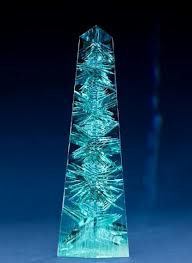
One of the most famous Aquamarines in the world was mined in my Dad’s hometown Pedra Azul! Called Dom Pedro, this 26 Kg Aquamarine was cut in Idar-Oberstein, Germany in 1992 by the amazing lapidary and designer Bernd Munsteiner.
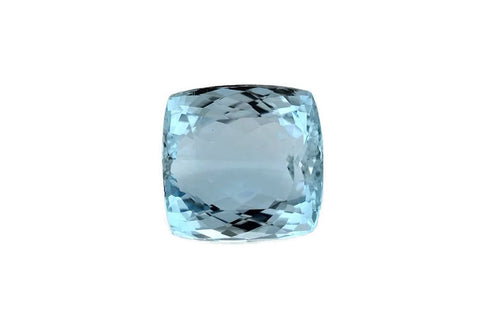
- Aquamarine Colour
The famous Aquamarine sea colour is created by the presence of the substance Iron in the gem. Aquamarine’s colour range can vary in blue, very slightly greenish blue, greenish blue, very strongly greenish blue or green-blue.
The slightly greenish and intense blue is the most valuable color. The more saturated the color, the higher the value. Santa Maria gems, mined in the village of Itabira, Minas Gerais, shows this perfect vibrant colour. However, it is good to point that the lighter natural colour is also very popular among Aquamarine lovers.

- Aquamarine Clarity and Luster
Aquamarines are very commonly eye-clean (GIA clarity list Type 1), unlike its “cousin” emeralds. Liquid inclusions, can be found in some gems but they are in general cut as cabochons or beads.
- Aquamarine Cut/Shape
Aquamarine is celebrated among lapidaries due to its pleochroic characteristic, which means it shows different colors in different crystal directions. Also, thanks to the stone hardness and transparency, it is vastly used in designs and fantasy cuts.
However, the most common shapes are the emerald, round or oval cut. Specially the emerald step-cut is very in demand and particularly well-suited for Aquamarines.

- Aquamarine Carat / weight
According to the GIA, Aquamarine prices per carat increases up to approximately 25 carats, tending to decrease for sizes above 25 carats. They explain this theory as a result of the difficult to use gems bigger than 25 carats in pieces of jewellery. I personally agree with this data when I think about the demand I have for this gem on my shop.
In the market, you can find Aquamarine crystals from very small to very large sizes. Many of the very large aquamarine crystals were discovered in Minas Gerais, Brazil.
- Aquamarine Treatments
Most of Aquamarines on the market are heat treated to enhance the colour and to remove yellowish hues. Natural Aquamarines are usually lighter and more greener in color.
In the gemstone industry it is an acceptable practice to heat treat Aquamarines, although this information should always be disclosed to the buyer
 March’s Birthstone and
March’s Birthstone and
Aquamarine was adopted as a modern March birthstone in 1912 by the American National Association of Jewelers. It is also suggested as a gem to give on the 16th and 19th wedding anniversaries.
Aquamarine Meaning & Properties
According to the old traditions, the use an Aquamarine helped a happy marriage. It was believed to be an ideal gem for loving married couples.
As a healing stone, it is said to be effective as a treatment for anxiety, sinus conditions, arthritis, eye inflammation and allergies.
Disclaimer: Aquamarine “meaning and properties chapter heading” is not to be taken as guidance. This information does not replace the advice of your doctor. Gemstones Brazil does not guarantee any claims of healing under any circumstances.

Aquamarine Caring and Cleaning
Despite its hardness, it is important to be careful with your Aquamarine. Be cautious with harsh household chemicals - hydrofluoric acid, ammonium fluoride, and alkaline solutions, with extreme exposure to heat and hard knocks.
Aquamarines should be cleaned with warm water and a mild soap. Ultrasonic cleaners are safe except in case the stone has fractures or liquid inclusions.
Gemstones Brazil’s aquamarines are mined at the north of the Brazilian state of Minas Gerais. The stones are cut in Teofilo Otoni, Brazil and in Jaipur, India. We work with both traditional designs and cuts, always insuring a fine and brilliant finish.
Whilst popular with royalty the world over, beautiful jewellery made with aquamarines is not just a privilege for queens and princesses – and this is what I love about the stone! Here are some beautiful and modern designs I picked made by some of my favourite contemporary jewellers and artists.

Two fabulous bespoke creations by Patience Jewellery.


Fantastic ring by Ornella Iannuzzi



Sea Flower ring by Ileana Makri

Jessica Biel pictured at the Oscars 2014 with lovely platinum, diamond and aquamarine jewellery by Tiffany & Co.

I will keep bringing my favorite aquamarine jewellery to this section. So, be in touch!
1 comment

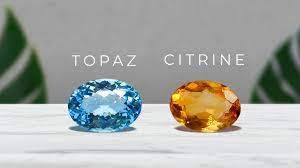
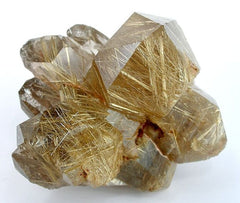

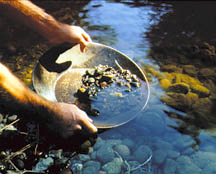
Hi thank you for this article. My great grandma bought an aquamarine ring in Brazil in the 1930’s or 40’s. I’m not sure but my mom has the ring now and she lets me wear it from time to time. I love it and think it’s beautiful. Its 11 carats and has 6 little diamonds around it. I would upload a picture for you to see but I’m not sure how I can on here. Anyway I found your article very helpful and informative. And loved all the pictures :)
Leave a Comment